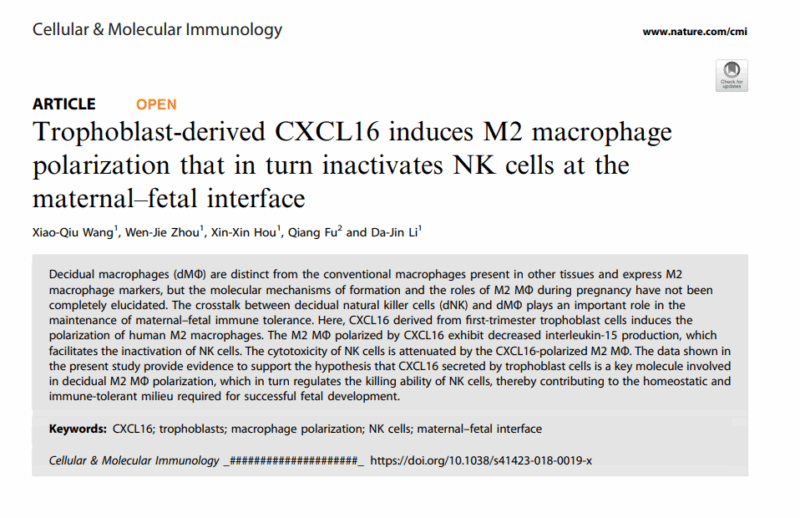Miguel Bronchud, Co-Founder and Advisory Board at Regenerative Medicine Solutions, shared on LinkedIn about a recent paper by Xiao-Qiu Wang et al. published on Cellular and Molecular Immunology:
“Endometrioid adenocarcinoma is the most common type of endometrial cancer, originating in the glandular tissue of the uterine lining (endometrium) and accounting for approximately 75%–80% of all endometrial carcinomas.
It is considered a Type I endometrial cancer, often characterized by slow progression and a relatively good prognosis, especially in its lower grades.
The most common symptom is abnormal vaginal bleeding, particularly after menopause, but other symptoms can include watery vaginal discharge, unexplained weight loss, and pelvic pain. This is the reason why any such symptoms must be always immediately investigated by gynecologists and others.
Under a microscope, endometrioid adenocarcinoma cells resemble normal endometrial gland cells, and it typically arises from precursor lesions like endometrial hyperplasia. An imbalance between estrogen and progesterone, particularly prolonged unopposed estrogen exposure, is a primary risk factor.
Obesity is also a significant risk factor due to the conversion of androgens to estrogens in fat tissue, especially after menopause. Associated with specific gene mutations, such as PTEN mutations in many cases.
We should not forget the unique evolution (though probably by several related convergence mechanisms) of the uterine endometrium.
As cell lining of the key target for invasive placentation in Eutherian mammals, this special lining mucosa is perfectly adapted for implantation of the fertilized egg. And once this happens, a set of incredible biological processes are set up to start a pregnancy. Trophoblast invasions (EVT in particular) and feto maternal tolerance are two splendid examples.
And we are just beginning to understand some intriguing immune mechanisms- The M2 MΦ polarized by CXCL16 exhibit decreased interleukin-15 production, which facilitates the inactivation of NK cells.
While classic endometrioid adenocarcinoma has a well-defined glandular pattern, variations exist, including:
- Endometrioid carcinoma with squamous differentiation (adenosquamous carcinoma).
- Villoglandular, secretory, and ciliated cell variants. Generally considered to have a good prognosis, especially for FIGO (International Federation of Gynecology and Obstetrics) grades 1 and 2, which are often classified as ‘low grade’, it can be a lethal disease.
Higher-grade tumors can have a much poorer prognosis, though the clinical behavior is influenced by molecular context.
In 2023, based on advances in the understanding of the pathological & molecular features of endometrial carcinoma, an updated International Federation of Gynaecology and Obstetrics (FIGO) staging system was published, recently updated, to better define prognostic groups and identify relevant treatment subgroups by including factors on tumour biology (histological subtypes, lymphovascular space invasion, and molecular classification) alongside aspects like peritoneal carcinomatosis and lymph node metastasis.”
Title: Trophoblast-derived CXCL16 induces M2 macrophage polarization that in turn inactivates NK cells at the maternal–fetal interface
Authors: Xiao-Qiu Wang, , Wen-Jie Zhou, Xin-Xin Hou, , Qiang Fu and Da-Jin Li

More posts featuring Miguel Bronchud.
